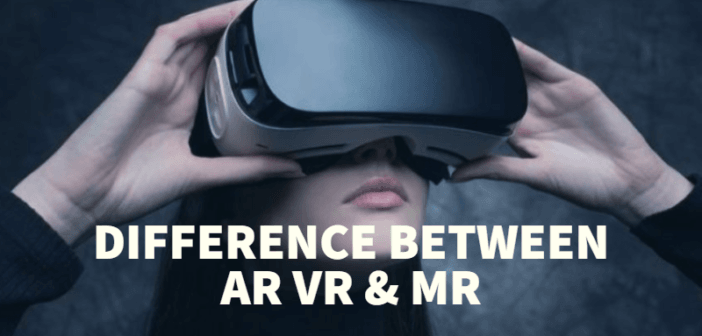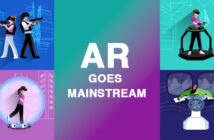Not a day goes by when we do not hear about a groundbreaking new product or a world-changing piece of tech.
The number of products in the alternative reality space is growing steadily. There is a countless number of Augmented Reality, Virtual Reality and Mixed Reality (AR VR MR) devices populating the market.
With each passing day, AR VR uses are becoming more relevant and affordable by the general populace. Multiple industries are adopting them to increase project turnabouts.
Construction, medicine (surgery), education, travel, and gaming have already adopted a mix of these technologies to provide enhanced experiences to the consumers.
What is the difference: AR vs VR vs MR?
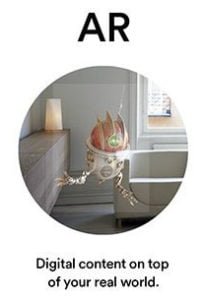
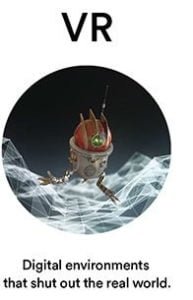

At this juncture, it is important to understand that VR, AR, and MR are all distinct from one another and they come with specific strengths and weaknesses.
Here’s a handy guide to these technologies complete with VR AR examples from 2020
- Virtual reality (VR)
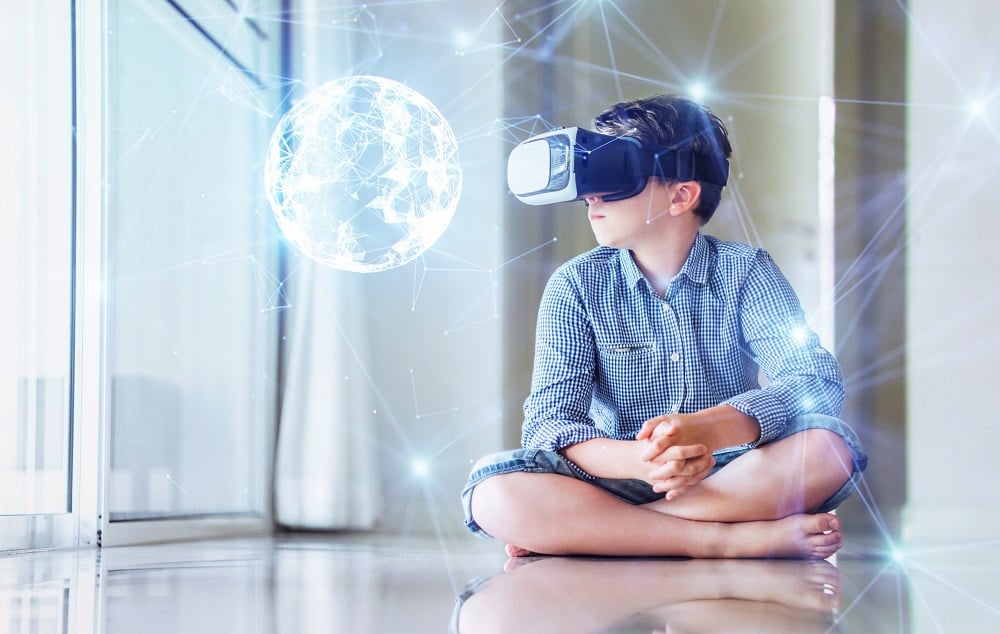
VR is not new, but it is still the buzzword du jour. you can think of it as immersive multimedia or simulated reality. It provides an immersive experience that can replace or replicate a real-world environment. VR users can interact with the elements of the simulation.
Content-viewing hardware like the head-mounted displays allows users to immerse themselves in a simulated reality. These head-mounted displays range from Google Cardboard and HoloLens to HTC Vive and Oculus Rift.
In 2020, VR is expected to reach an economic impact of an unbelievable $29.5 billion. The number of VR HMD sales in 2020 will reach 82 million, a 1507% increase from the total sales of 2017.
What are the real-life applications of VR?
Today, VR is finding extensive use in various fields, from storytelling and learning experiences to trauma therapy and shopping.
Step to the Line is a short film by Within. The exclusively HMD-based short film depicts the lives of inmates inside a maximum-security penitentiary in California. While it is a unique experience that simulates the real-life inside the four walls of the federal prison, it is a unique social-focused venture that promotes awareness about life for a prisoner inside a maximum-security prison.
The Limbic Chair is a project by Limbic Life in partnership with VITALICS research. It pairs a special chair with an HMD that enables people with injuries, physical trauma, and other mobility challenges to move their bodies. It is a yard mark in the field of rehabilitation research and trauma therapy.
Lowe’s adapted VR technology to allow the DIY enthusiasts and tech-savvy homeowners to learn about home improvement by donning HTC Vive headgear. It has made shopping easy for the first-timers and it has allowed homeowners to explore redesign and renovation options without stepping outside the Lowe’s store.
- Augmented reality (AR)

Augmented reality does not occlude the real environment, but modifies it by adding or overlaying elements for the user. From aviation to gaming, AR has found extensive use in multiple mainstream sectors.
Remember tripping over furniture or walking into clear screens to catch a Pokémon? That was your first taste of AR! Even IKEA leveraged AR recently to sell fitting furniture across boundaries with their new AR adaption.
Today, we see four different types of augmented reality –
- Marker-less AR
- Marker-based AR
- Projection-based AR
- Superimposition-based AR
2016 was a long time ago when we first began catching Pokémon using our mobile phones!
What are the different AR examples from 2019?
Currently, the augmented reality apps use technologies like simultaneous localization and mapping (SLAM), and depth tracking. AR also includes sensors and cameras, processing, projection, and reflection.
There is a wide range of AR devices now available that include mobile, special and dedicated AR devices, AR glasses like Meta 2 Glasses, Google Glasses and Laster See-Thru, AR contact lenses and Virtual Retinal Displays (VRD).
In 2020, we will see more of AR in education, medicine, art, tourism, industrial design, and military training. Some of the excellent applications of the same from the past year include –
Apart from IKEA, other retail brands like Wayfair have utilized AR to help their customers decide what they want to purchase. Physical stores are becoming smaller, but the consumers get a good look at their complete range of products thanks to dedicated AR devices.
True AR by Navion is a one-of-its-kind holographic AR navigation system that now allows automated navigation for cars. The system remains in constant evolution as the surrounding of the car change.
Currently, it finds extensive use in construction. AR can show the construction crew what a proposed design will look like even before the work begins. It can aid in the identification of construction faults and logical ambiguities.
AR has found its way into social media and entertainment as well. don’t believe us? Open your Snapchat and explore the hundreds of AR filters that it offers and the face-swap features present in photography apps!
- Mixed reality (MR)
AR vs VR has been a favorite topic for the tech-savvy generation for almost a decade. However, MR is a comparatively new concept.
AR VR uses distinct devices unlike MR, which uses one device that supports both AR and VR. One of the most popular mixed reality devices is the HoloLens by Microsoft. The most common tech is to use an AR device like the HoloLens and projected display intensity that obscures the real environment.
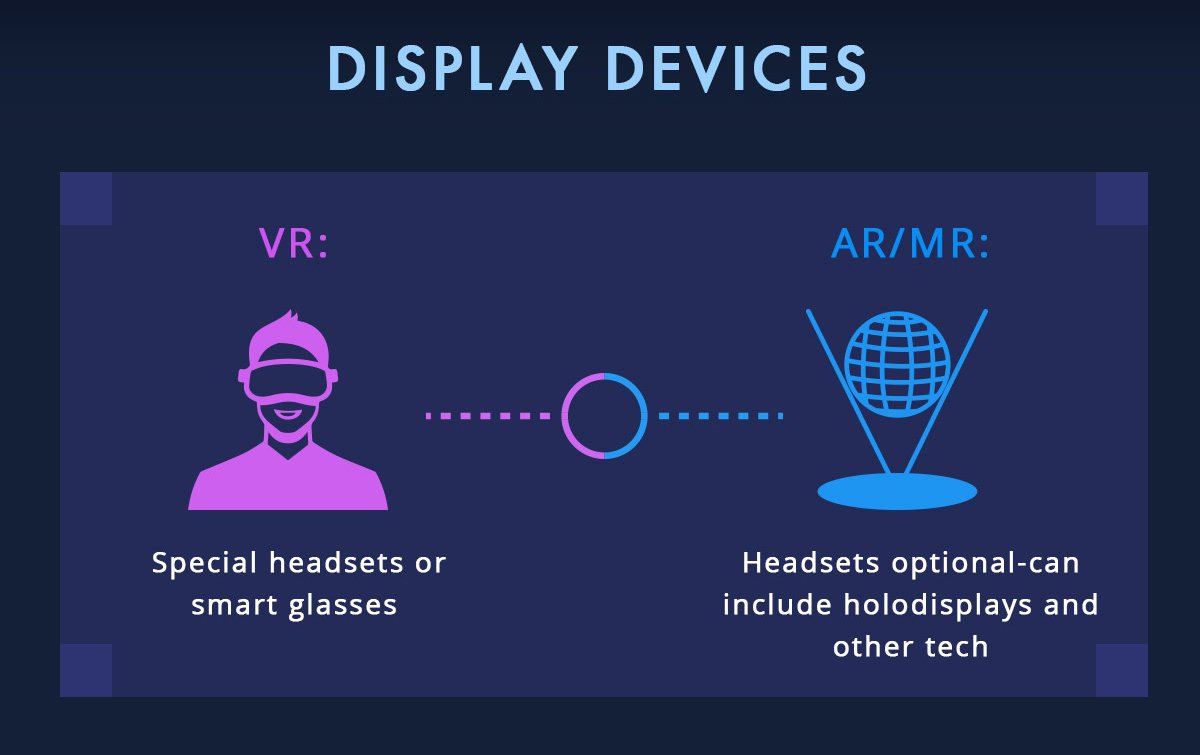
MR is the blend of AR and VR so that the simulated environment mimics a portion of the visual field. Some also use native VR devices. However, Windows Mixed Reality devices are not ideally part of the MR technology since it uses What are the uses of MR in the real world?
VR headsets with cameras for inside-out tracking.
Microsoft HoloLens in partnership with PTC and BAE have enabled the projection of 3D image-based work instructions into the workspace. BAE reports that the integration of MR into the workspace has reduced the production time by 40%.
Students are Case Western can study human anatomy without working on cadavers thanks to MR technology. It generates life-sized 3D images for them to observe, dissect and interact with.
The aforementioned AR VR examples tell us how AR, VR, and MR have already changed the ways we interact with our surroundings. They can not only add to the entertainment value of games and social messengers, but they can help in enhancing the quality of education, make rehabilitation available for trauma victims and contribute to better employee training.
The blending of environments and breaking of boundaries have redefined construction design, interior décor, retail shopping, and more!

